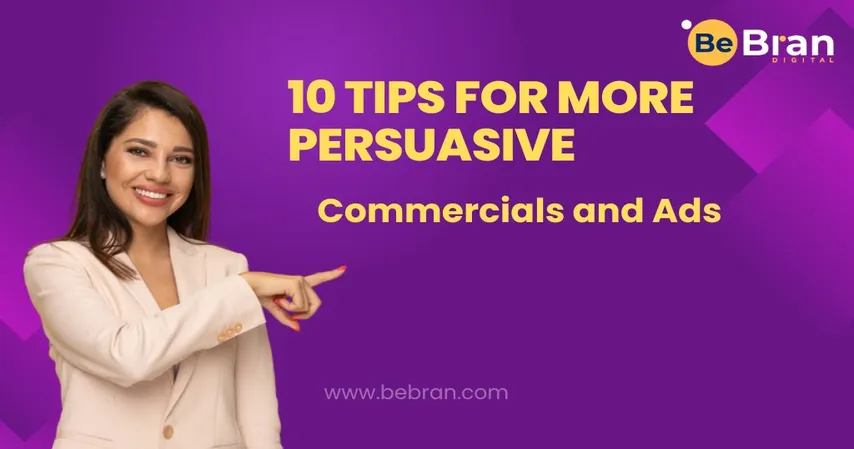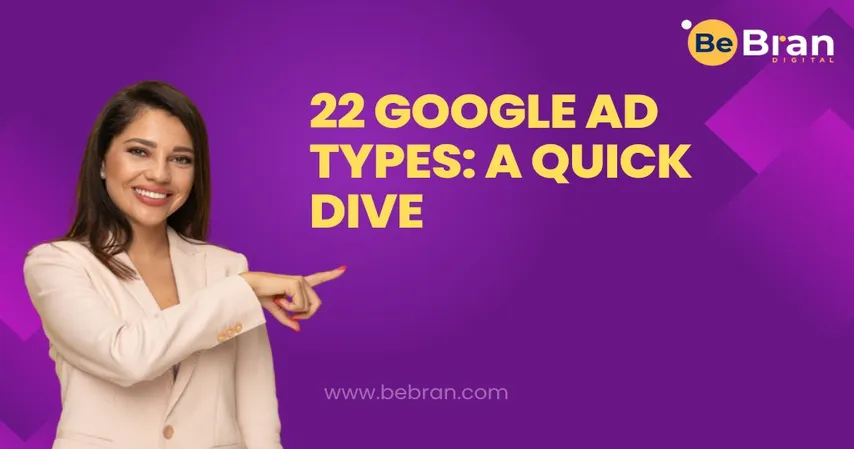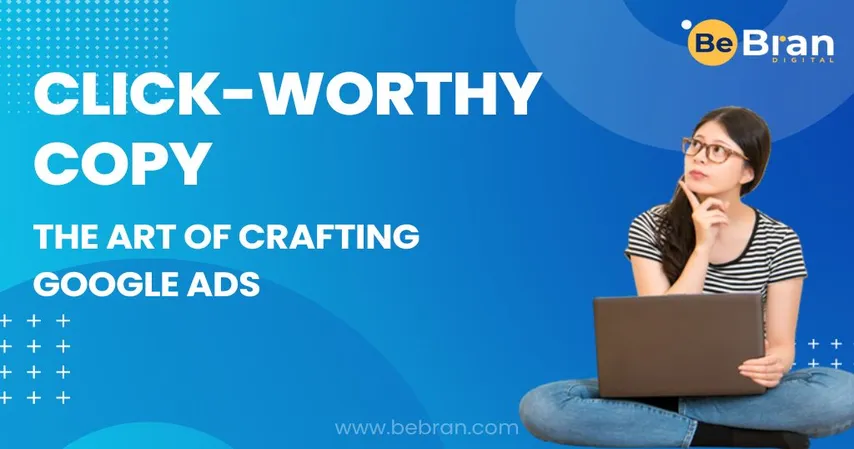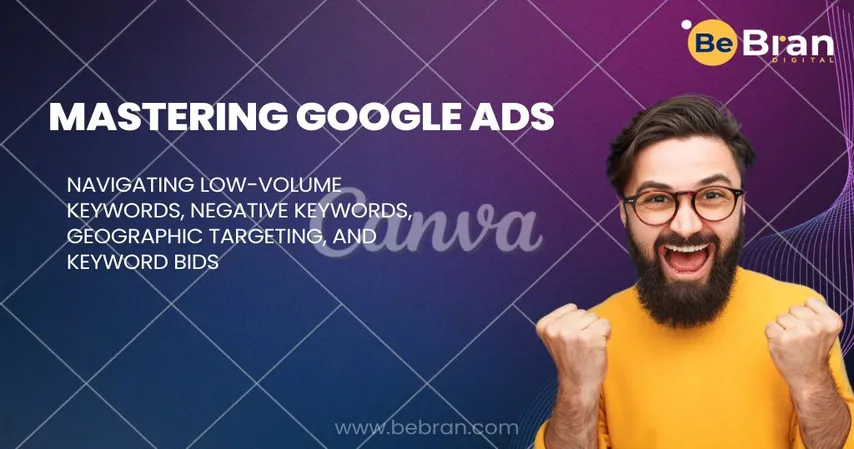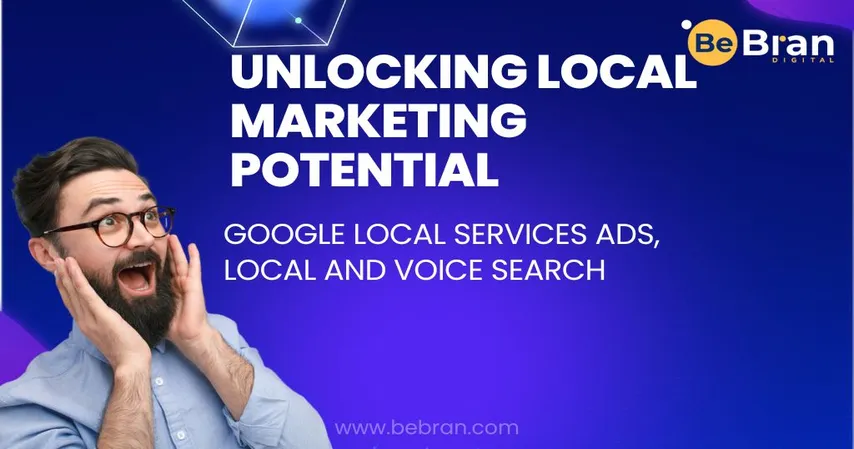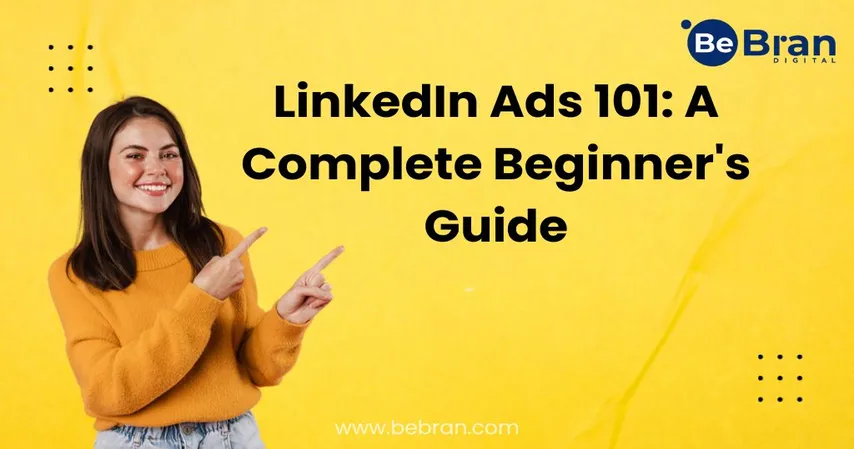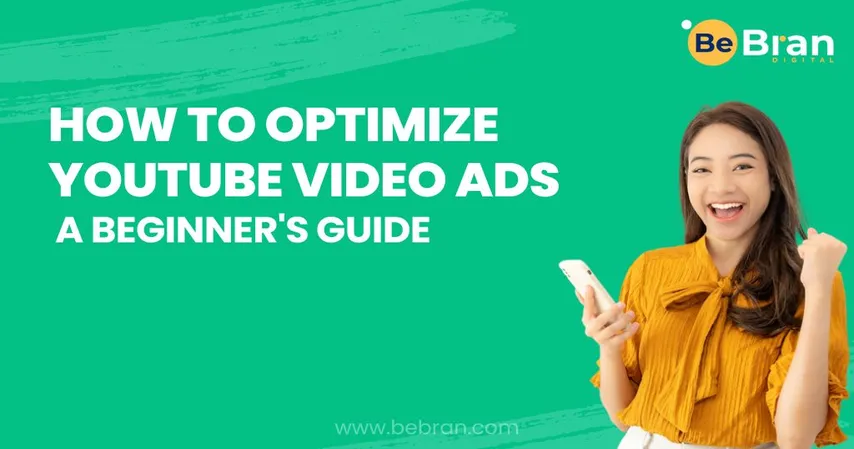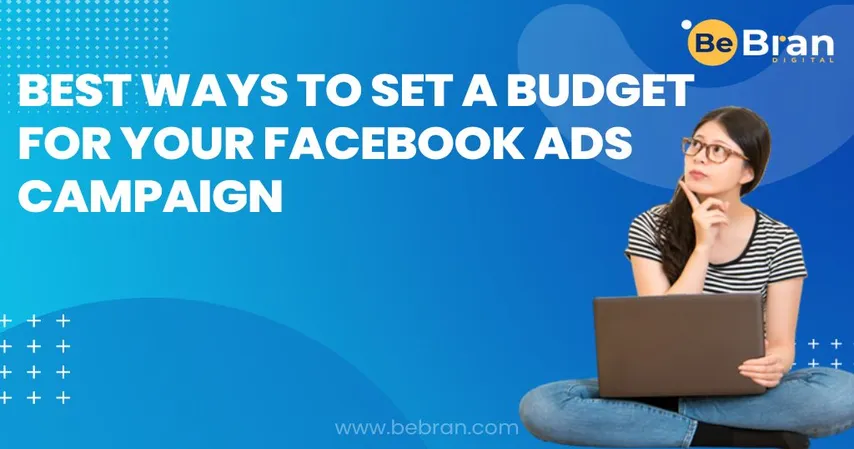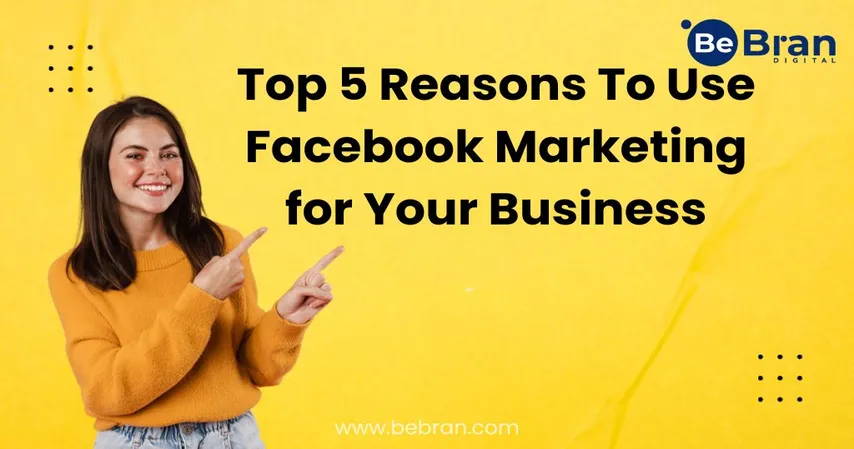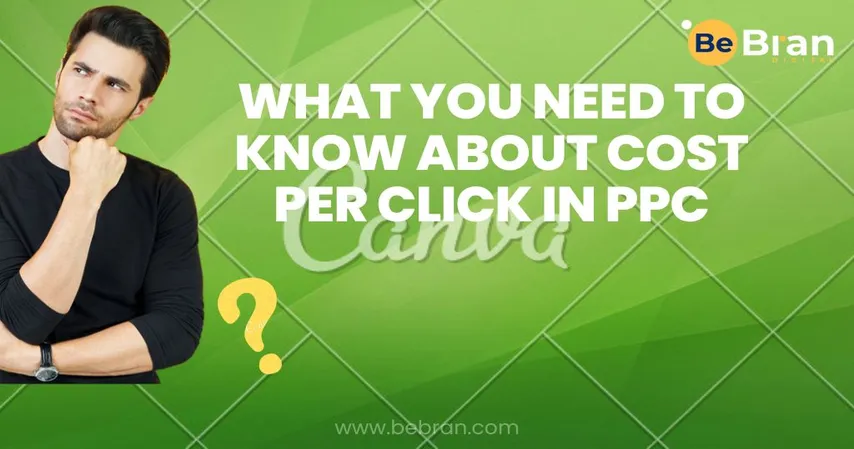Now that you possess the knowledge required to fashion compelling persuasive commercials, it's time to apply these skills effectively. Here are ten invaluable tips for creating persuasive commercials and ads that will enhance your brand's influence.
1. Commence with a Striking Opening
Begin by grabbing your audience's attention with a bold and attention-grabbing opening. Utilize powerful words, vibrant colors, and compelling imagery that compel viewers to take notice.
Incorporate a bold opening that exudes an "in your face" attitude to pique curiosity. For instance, consider the Pepsi advertisement that aired during Super Bowl 53 as an illustration. Within moments, renowned actor Steve Carell makes a dynamic entrance, initially appearing agitated and then shifting to a humorous tone, providing both a bold opening and an unexpected emotional twist.
2. Craft Compelling Copy
Not everyone possesses the gift of eloquence, but persuasive copy is a fundamental element in convincing viewers to take desired actions.
Incorporate narratives and ideas into your copy, but avoid excessive complexity or overuse of language, as it can come across as forced. For instance, consider this example of persuasive copy in a commercial: "Discover what your friends truly think about you."
This type of persuasive copy can be effective in a scenario where viewers are watching video clips showcasing others' reactions, prompting them to question whether they should continue watching or exit. Such persuasive copy serves as an excellent illustration of how to captivate viewers.
Take a look at some stills from Nike's "Dream Crazier" campaign, featuring inspiring visuals and copy that encourage viewers to aim for their loftiest aspirations.

3. Understand Your Customers' Desires
While various persuasive techniques can be effective in your commercial or ad, it's crucial to concentrate on what will resonate most with your target audience to establish a strong connection.
The persuasive copy in your commercial should emphasize the benefits of your offering and how it can enhance your customers' lives. For instance, if your customers seek a quick, satisfying snack, your persuasive content may highlight how your product provides filling satisfaction.
4. Leverage Celebrity or Influencer Endorsements
Celebrities and influencers hold sway with the public, and their endorsements carry weight.
Incorporating their influence to endorse your product is a powerful method to boost the persuasiveness of your commercial.
This strategy is often referred to as "social proof," which posits that people are more inclined to support a product or brand if they see that other trusted individuals are already involved.
Whether you employ social proof or feature testimonials from customers and employees, it can be a persuasive technique to enhance your business's commercials. Consider the example of basketball icon Steph Curry endorsing Infiniti, as shown below. While he may not be renowned for his automotive expertise, Infiniti effectively merges his basketball prowess with their product to underscore the influence of social proof.
5. Leverage Current Trends
Incorporating trending topics into your persuasive commercials and ads is an effective way to utilize persuasive techniques. When your commercial or advertisement aligns with ongoing discussions in the broader world, it becomes more persuasive by tapping into current trends.
This approach is especially valuable for social media marketing, where virality and trendiness play a significant role.
To stay informed about current topics, you can use the Twitter search bar. Simply enter your topic or relevant hashtags, and it will display the latest tweets related to your search. Additionally, social listening tools can provide further insights into your customers' conversations and interests.
6. Evoke Viewer Emotions
Customers seek persuasive commercials and ads that evoke emotions and make them feel positively about products they are considering. When crafting a persuasive commercial script, focus on convincing customers that your product is worth purchasing or that your brand is trustworthy.
Consider this impactful example from Procter & Gamble, which explores challenging conversations about race between African American parents and children.
Warning: This content may elicit strong emotions.
Rather than persuading customers to buy a specific product, this commercial aims to persuade them that Procter & Gamble is a compassionate brand. This approach builds trust and enhances a business's brand integrity, which can yield long-term benefits.
7. Offer Discounts or Special Deals
Discounts, coupon codes, and sales promotions are highly persuasive tools in marketing. Customers are naturally drawn to opportunities for saving money, with 88 percent of consumers using coupons every year. Promoting discounts and deals can encourage customers to take action and make a purchase.
When using this tactic, ensure that the discount or deal you offer is compelling enough to motivate your customers. You can provide a percentage discount, offer free shipping for orders over a certain amount, or include free gifts with purchases. Be explicit in your persuasive messaging about why customers should buy now and what benefits they will receive.
The choice of promotion will depend on your target audience and the type of sale you're running. Discounts are an effective persuasive strategy to expedite purchase decisions.
8. Employ Repetition
Repetition is a persuasive technique that reinforces your message by exposing customers to it multiple times, making it more memorable. Repetition doesn't necessarily mean repeating the same phrase verbatim; instead, it involves conveying the same message using varied wording or approaches.
For example, instead of repeating, "You'll receive a full refund if unsatisfied," you can say, "We offer a 30-day window for changing your mind." Utilizing repetition effectively can enhance message retention.
9. Use Positive Imagery and Associations
Persuasive commercials should aim to elicit positive emotions in customers. This is often achieved by featuring images of happy families, attractive individuals, adorable animals, or other elements that evoke positive feelings.
Creating an emotional connection and making customers feel good about their potential purchase increases the likelihood that they will act on your call to action and complete the purchase.
Incorporating positive imagery, copy, and associations in your persuasive commercials enhances their effectiveness.
10. Encourage Customers to Join Your Community
People naturally desire a sense of belonging and community. Many persuasive commercials employ phrases like "Join the movement" or "Become part of our family" to tap into this need for inclusion.
By using such language, persuasive commercials appeal to consumers' desire to be part of a larger community or cause. This tactic amplifies the persuasiveness of commercials, as it aligns with customers' inherent desire for camaraderie and belonging.
A notable example of this approach is seen in Old Spice's iconic "The Man Your Man Could Smell Like" commercials. These commercials convey the message that using Old Spice products is essential to being the best version of oneself and attracting a partner, thus inviting customers to "jump on the bandwagon."







